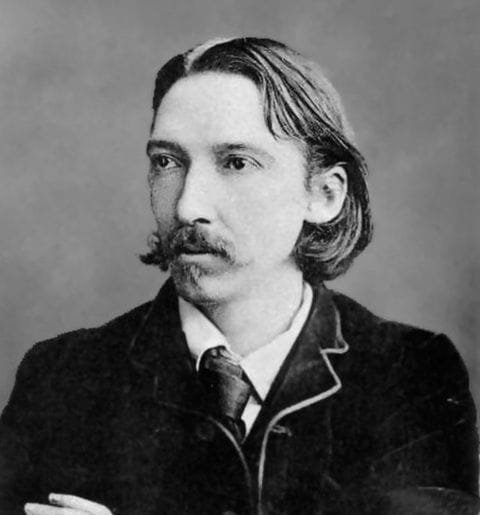
Robert Louis Stevenson
Robert Louis Stevenson (November 13, 1850 – December 3, 1894) was a Scottish novelist, essayist, poet, and travel writer, renowned for his classic works including Treasure Island, Strange Case of Dr Jekyll and Mr Hyde, and Kidnapped. Born in Edinburgh, Scotland, he was the only child of a family of lighthouse engineers. He studied engineering at the University of Edinburgh but shifted his focus to law, earning his degree in 1875 without ever practicing.
Stevenson’s literary career began with travel writing and essays, with his first published work being an essay titled “Roads.” He gained prominence in the 1880s with the publication of Treasure Island (1883), inspired by a treasure map he created for his stepson. This novel established him as a leading writer of adventure fiction. His other notable works include A Child’s Garden of Verses (1885), a collection of children’s poetry, and The Master of Ballantrae (1889).
Despite suffering from chronic health issues, including tuberculosis, Stevenson traveled extensively throughout his life. In 1890, he settled in Samoa, where he wrote several works reflecting on the South Seas. He died at the age of 44 from a stroke in Vailima, Samoa. Stevenson’s legacy endures through his influential storytelling and contributions to literature, particularly in the genres of adventure and horror. He is buried on Mount Vaea in Samoa, where his grave is marked by his own poem’s lines: “Under the wide and starry sky, / Dig the grave and let me lie.”
- Novelist, Essayist, Adventure, Horror
- 1850
- Male
- 1

